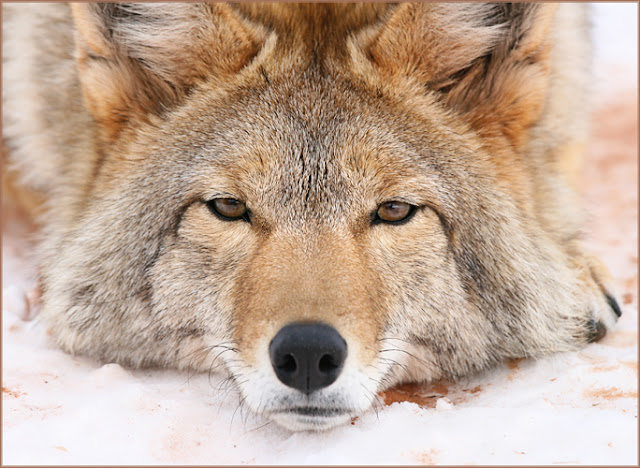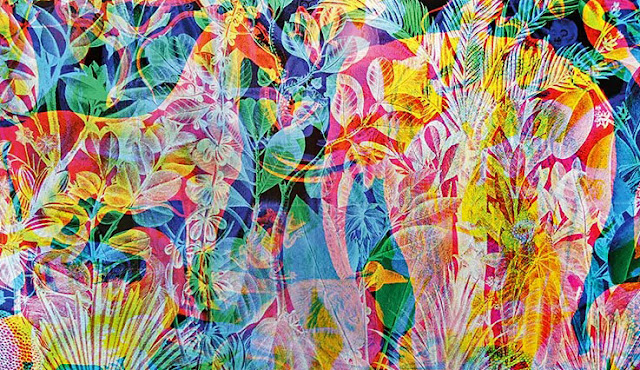Beauty invites us towards profound elegance of soul.
It reminds us that we are heirs to elegance and nobility of spirit
and encourages us to awaken the divinity within us.
We are no longer trapped in mental frames of self-reduction or self-denunciation.
It reminds us that we are heirs to elegance and nobility of spirit
and encourages us to awaken the divinity within us.
We are no longer trapped in mental frames of self-reduction or self-denunciation.
Instead, we feel the desire to celebrate, to give ourselves over
to the dance of joy and delight. The overwhelming beauty
which is God pervades the texture of our soul, transforming all smallness,
limitation and self-division. The mystics speak of the excitement of such unity.
This is how Marguerite Porete describes it:
'Such a Soul, says Love swims in the sea of joy, that is in the sea of delights,
flowing and running out of the Divinity. And so she feels no joy,
for she is joy itself. She swims and flows in Joy...
for she dwells in Joy and Joy dwells in her.'
to the dance of joy and delight. The overwhelming beauty
which is God pervades the texture of our soul, transforming all smallness,
limitation and self-division. The mystics speak of the excitement of such unity.
This is how Marguerite Porete describes it:
'Such a Soul, says Love swims in the sea of joy, that is in the sea of delights,
flowing and running out of the Divinity. And so she feels no joy,
for she is joy itself. She swims and flows in Joy...
for she dwells in Joy and Joy dwells in her.'
When we acknowledge the wild beauty of God, we begin to glimpse
the potential holiness of our neglected wildness. As humans,
citizens and believers, we have become domesticated beyond belief.
We have fallen out of rhythm with our natural wildness.
What we now call 'being wild' is often misshapen, destructive and violent.
The natural wildness as the fluency of the soul at one with beauty is foreign to us.
the potential holiness of our neglected wildness. As humans,
citizens and believers, we have become domesticated beyond belief.
We have fallen out of rhythm with our natural wildness.
What we now call 'being wild' is often misshapen, destructive and violent.
The natural wildness as the fluency of the soul at one with beauty is foreign to us.
The call of the wild is a call to the elemental levels of the soul,
the places of intuition, kinship, swiftness, fluency and the consolation
of the lonesome that is not lonely. Our fear of our own wildness
derives in part from our fear of the formless; but the wild is not the formless
- it holds immense refinement and, indeed, clarity.
The wild has a profound simplicity that carries none of the false burdens
of brokenness or self-conflict; it flows naturally as one,
elegant and seamless.
the places of intuition, kinship, swiftness, fluency and the consolation
of the lonesome that is not lonely. Our fear of our own wildness
derives in part from our fear of the formless; but the wild is not the formless
- it holds immense refinement and, indeed, clarity.
The wild has a profound simplicity that carries none of the false burdens
of brokenness or self-conflict; it flows naturally as one,
elegant and seamless.
~ John O'Donohue
from The Invisible Embrace, Beauty


.jpeg)


































